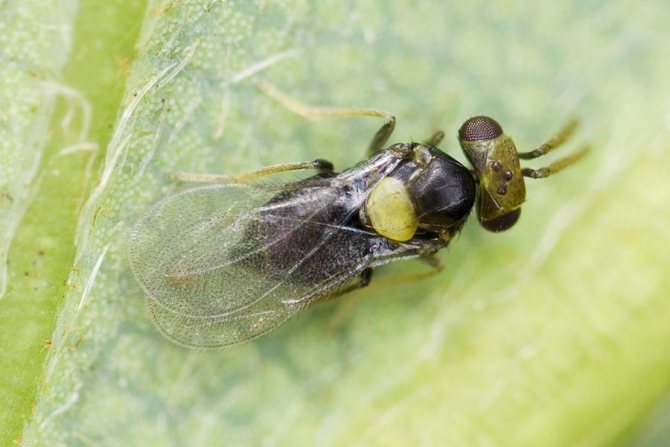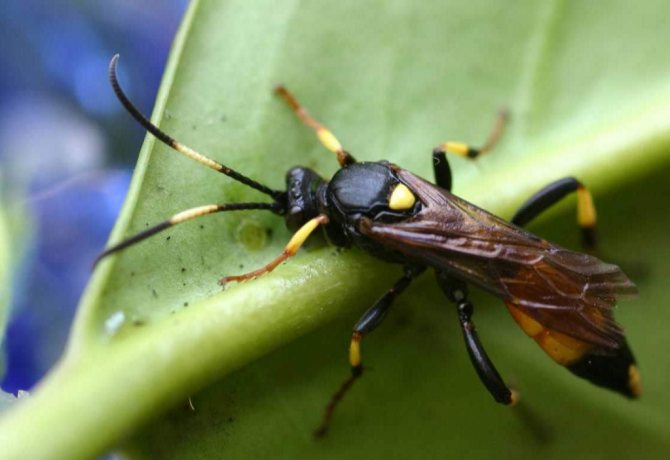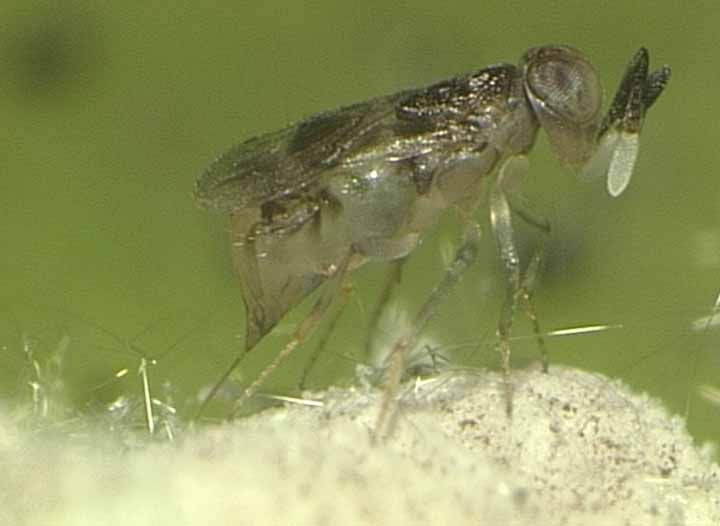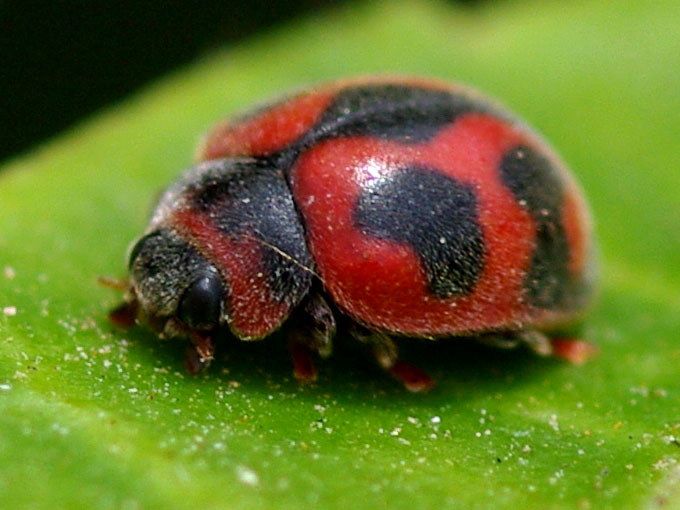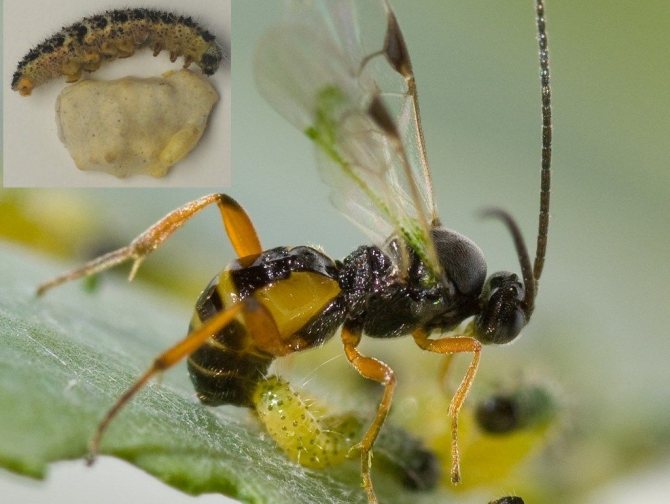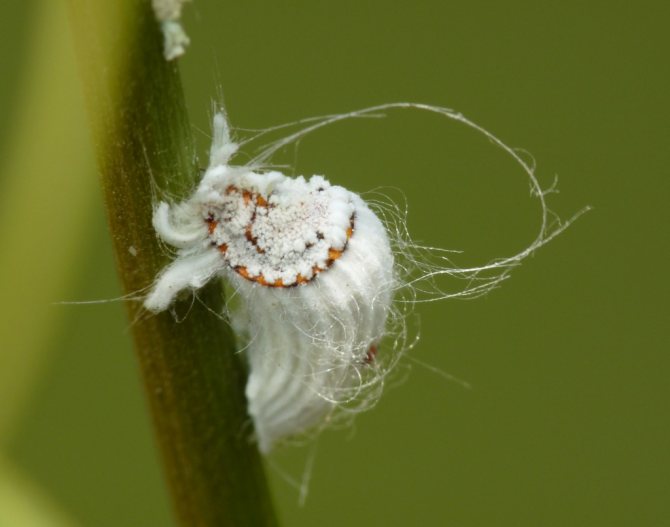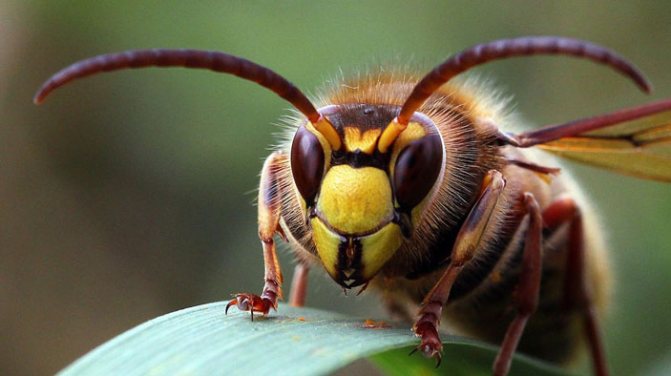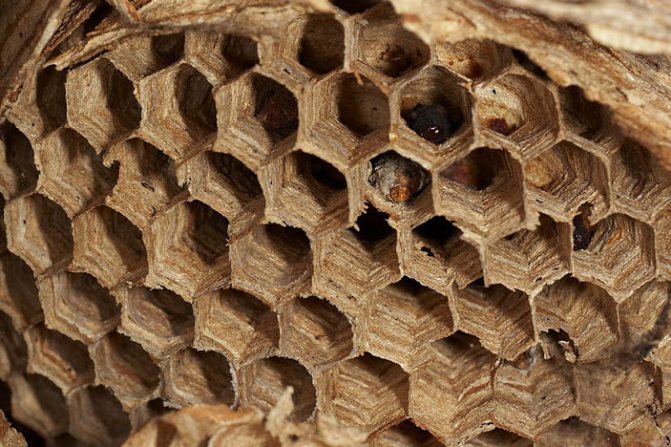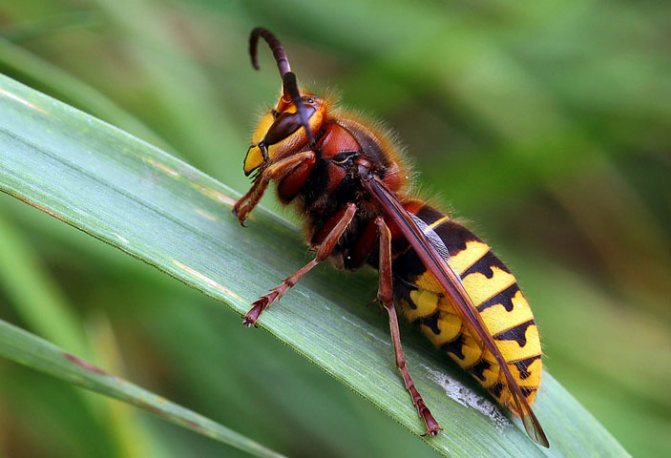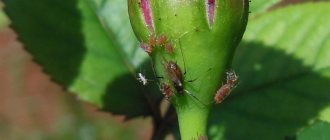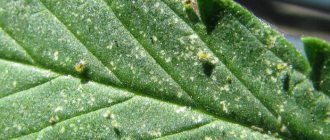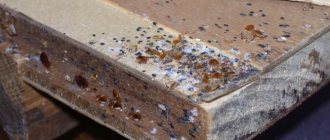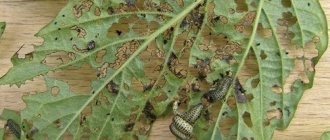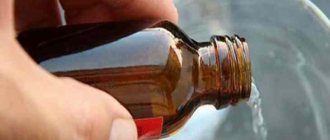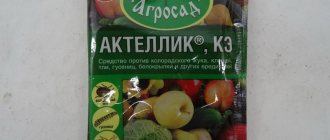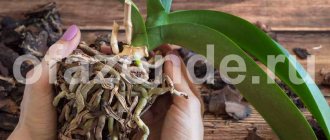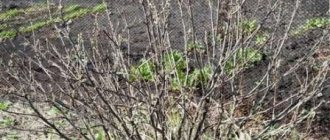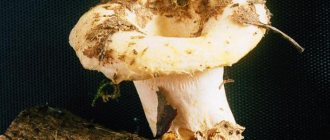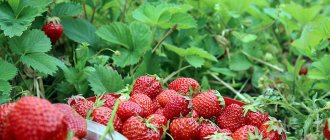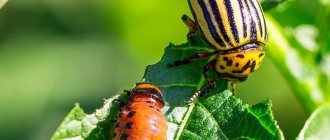- 2.1.Preparations of feverfew
Plants that do not receive proper care, kept in unsuitable conditions for themselves - especially at high temperatures and low air humidity, are susceptible to pest attacks. Those plant specimens that are properly cared for have high immunity and are less likely to suffer from pests. When grown at home, infection occurs quite rarely - most often with the purchase of new plants, but when kept outdoors in the warm season, all kinds of mites and bugs often appear on flowers.
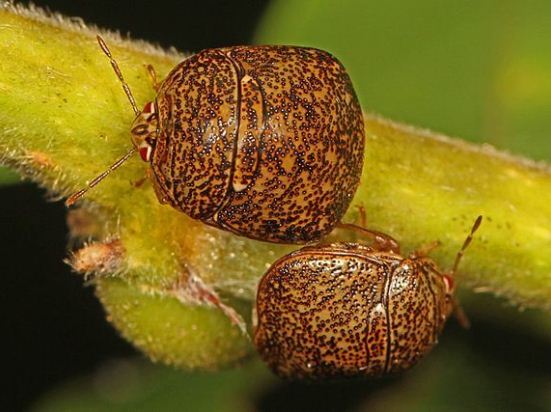
To prevent infection:
- carefully study the recommendations for caring for a particular flower and adhere to them;
- do not buy flowers that show signs of infection or disease;
- carefully inspect and quarantine purchased potted plants for a couple of weeks;
- do not place bouquets in the immediate vicinity of indoor plants;
- disinfect prepared independently or purchased land mixtures before use;
- disinfect all pots before planting flowers;
- carry out pruning and shaping of each bush only with a pre-disinfected tool;
- if necessary, promptly remove rotten and pest-affected plant parts;
- conduct regular preventive examinations of indoor flowers;
- do not place plants in too close conditions - in such conditions, there is a high probability of extensive infection;
- after being on the street, treat flowers with special preparations.
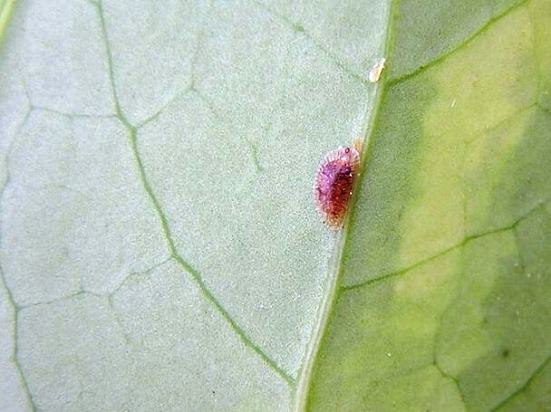

As soon as signs of disease or pest infestation appear, such flowers are isolated from healthy plants and treatment begins immediately. With extensive damage by harmful insects, sometimes the plants cannot be saved.
All means of struggle are divided into biological, mechanical or chemical.
If insects are found at the initial stage, then folk remedies or mechanical methods of fighting insects can be used for treatment. The advantage of this method is that they are often found in almost any home and do not harm young children and pets. In the event of a major invasion, it is better to use special insecticides offered for sale in flower shops.
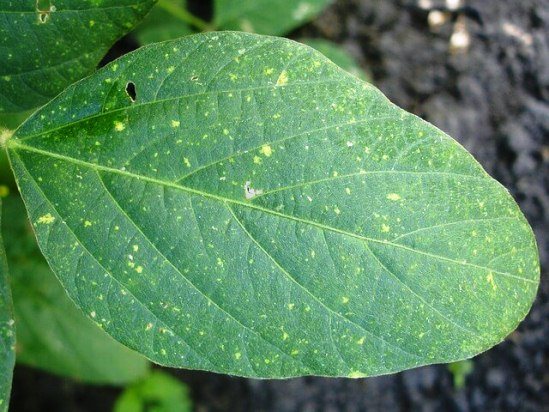

Interestingly, the juice of some plants contains substances that can kill pests. After processing in this way, toxic substances are quickly destroyed under the influence of open air and do not cause significant damage to the environment. These plants include: dope, marigolds, tansy, wormwood, yarrow, chamomile, common onion and garlic, tobacco. Of the other safe methods, one can single out the treatment of infected plants with soapy water, dusting with ash.
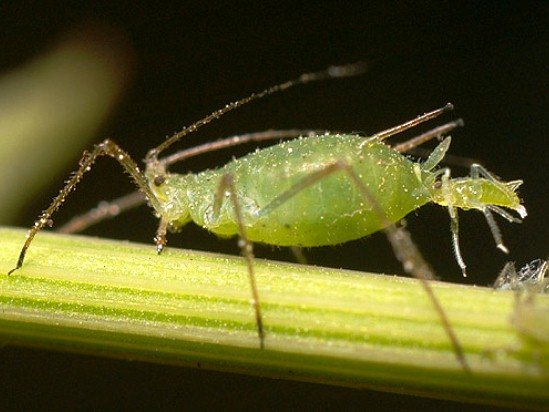

Using mechanical methods, you can pick up pests by hand or rinse the plant in a shower with warm water. When carrying out water procedures, the surface of the substrate is covered with plastic wrap or a bag - this will protect the earth from erosion, and also prevent it from falling out of the pot if the flower is turned upside down to process the underside of the leaves.The water temperature during the procedure can be about 35 degrees Celsius. Severely infested leaves and stems can be removed with a sterile garden knife or pruner.
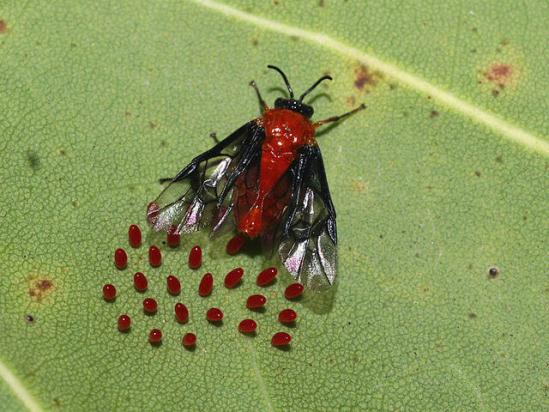

For any treatment, in order to cover the surface of the green mass of the flower completely, without gaps, a little laundry soap or dishwashing detergent is mixed with the insecticidal solution. Such solutions completely cover the surface of the leaves with a continuous film.
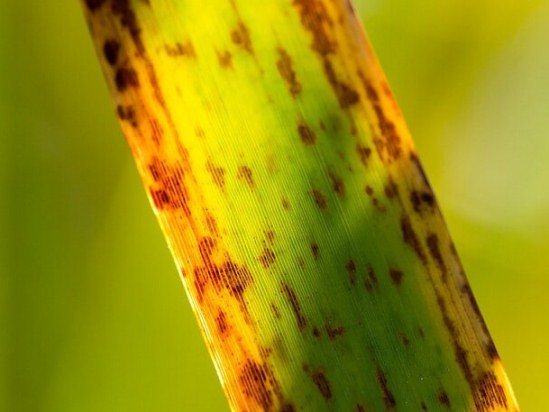

Before using chemical solutions, you should carefully read the instructions for their use - some drugs are not recommended for use at home due to their high toxicity to others. When working with chemical solutions, it is worth protecting your hands with rubber gloves and washing them thoroughly with plenty of running water after work. Also, if possible, cover your nose and mouth with a medical mask made of non-woven material and wear an apron. During the work, it is necessary to take flowers to a room where there is no food, there are no children or animals. The windows in such a room open for good air circulation.
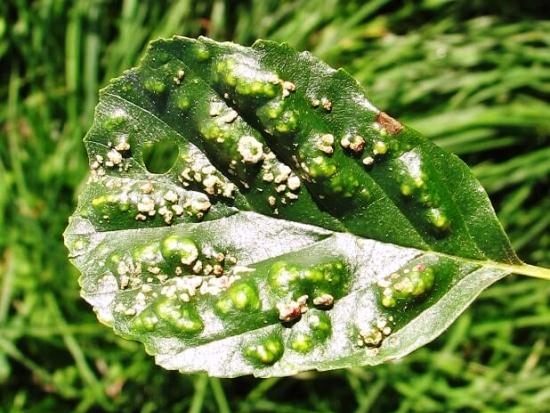

After spraying the plant, make sure that direct sun does not fall on the leaf blades - this can cause a burn.
When buying, carefully examine not only the upper, but also the lower side of the leaf plates, pay special attention to the condition of the shoots and buds, as well as the soil in the pot. Quarantine the flower and put sticky insect traps in the pot.
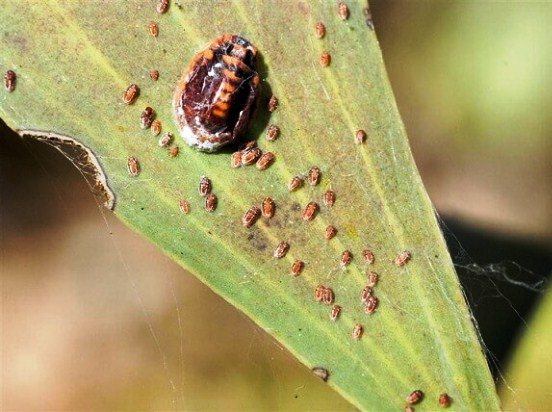

ladybug
In the fight against pests of the garden and garden, ladybugs help, the most common in Russia are seven-point ones. An adult insect eats 100-200 aphids and spider mites per day.
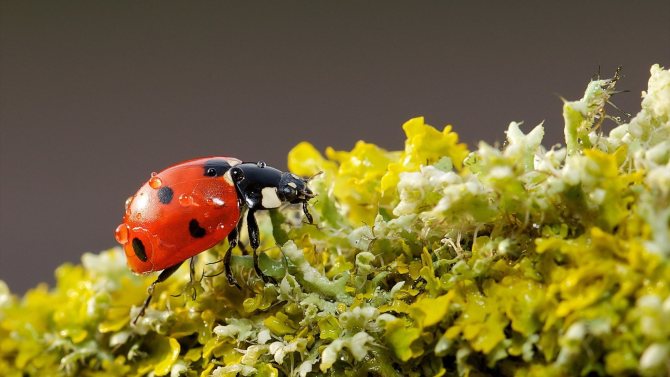

Ladybirds can be attracted by planting plants of the Asteraceae family, for example, daisies, tansy or yarrow, on the site.
Ladybugs are very fertile, during her life, which lasts about one and a half years, one female lays up to 1,000 eggs. The larvae that hatch from them are even more beneficial than adults. During the period of development, such a baby eats up to 3 thousand pests.
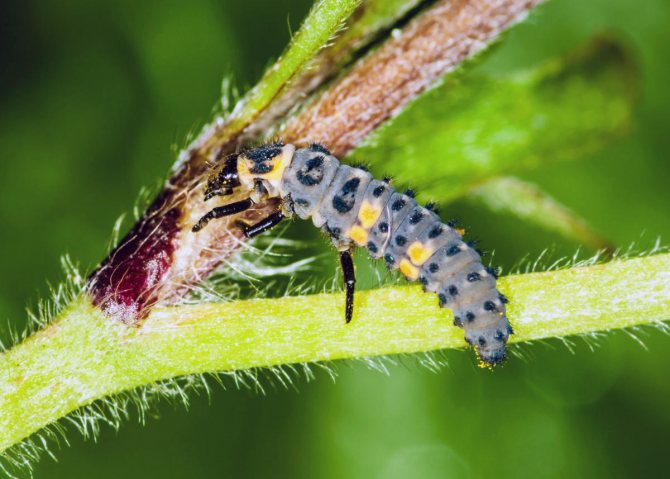

Ladybug larvae are sometimes mistaken for pests and destroyed
1.Recipes for preparing infusions for pest control
1.1. Nettle infusion
Soak a pound of young nettle collected before flowering in 5 liters of cold water for a day, strain from the remnants of leaves and shoots, spray the affected plants, adding a little laundry soap to the infusion.
1.2 Decoction of rhubarb leaves
Pour 250 grams of green mass of rhubarb with 1.5 liters of boiling water, leave for 15 minutes and apply for spraying.
1.3 Broth of wormwood
150 grams of wormwood leaves collected at the time of flowering or 15 grams of dry leaves pour 5 liters of boiling water, insist for a quarter of an hour, strain and spray the flowers.
1.4 Garlic broth
Pour 70 grams of peeled and chopped garlic with 1 liter of boiling water and leave for 6 hours. Strain and spray the plants.
1.5 Soap - alcohol solution
Dilute 20 g of liquid soap or soap shavings in 1 liter of boiling water or just hot water, leave for 15 minutes, stir in 20 ml. undiluted rubbing alcohol. Treat the green parts of the plant with a cotton swab or brush.
1.6. Decoction of hot pepper
1 kg. cut hot pepper and place in 1 liter of warm water for 2 days. Boil the resulting infusion and stand again for 2 days, then strain and spray the plants.
1.7 Mustard solution
Dissolve 1 teaspoon of dry mustard powder in 1 liter of water and pour abundantly over the soil in the pot.
1.8 Broth of wormwood
For 10 liters of water, 0.8 kg is taken. dry wormwood or half a bucket of fresh wormwood and insist for 2 days. Next, the infusion is boiled for half an hour and more water is added to get 10 liters of the finished broth.Strain the broth and dilute it in half with water, spray the plants.
1.9 Infused tobacco
A pound of real tobacco or makhorka is added to 10 liters of boiling water and infused for 2 days. Strain the finished broth, squeeze out the remaining tobacco, add the same amount of water and process the affected parts of the plants.
1.10. Decoction of tomato tops
4 kg. tops and roots of tomatoes are poured with a bucket of water and infused for 3 to 4 hours. Next, the infusion is boiled for half an hour and filtered, squeezing the tops. Before use, the same amount of water is added to the broth and the plants are sprayed.
1.11. Potato tops
4 kg. the green mass of potatoes is infused for 3 - 4 hours in 10 liters of water, filtered and squeezed, and then the plants are sprayed.
Ground beetle
Night predators feeding on other insects are of great benefit at their summer cottage. Ground beetles destroy harmful creatures - various beetles, larvae, pupae and caterpillars. Even slugs and snails go to feed the orderlies of the garden. In one season, a pair of ground beetles can destroy several thousand pests.


In one night, in search of food, a ground beetle can cover a distance of several kilometers.
Unfortunately, these beetles are sometimes considered pests and destroyed. There are several types of ground beetles that are dangerous to plants, but they can be distinguished. You need to pay attention to the legs and jaws. Harmful ground beetles are more stocky, with short legs and not very protruding jaws. The healthy ones are large, lean, with long legs and a well-developed jaw apparatus.
Trichogramma
Not everyone knows about such an insect as a trichogramma. But this miniature creature brings invaluable benefits - it fights against representatives of more than 70 types of pests. Moreover, it destroys not adults, but eggs - the trichogramma lays larvae in them, which, while developing, destroy the contents. In one season, the female can lay 500-800 eggs.
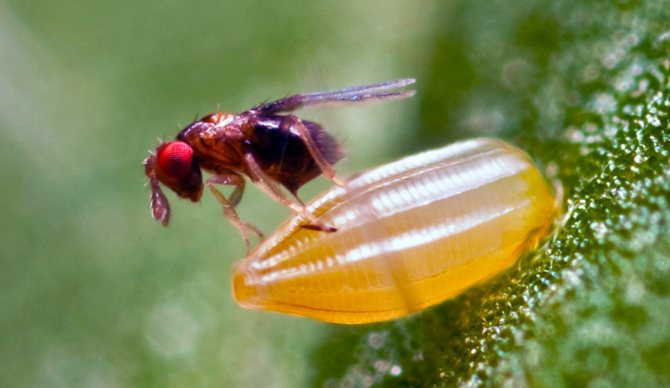

Trichogramma - an ovulating wasp from the order of Hymenoptera, the smallest insect 0.4 - 0.9 mm in size
The ability to eradicate pests on a large scale makes Trichogramma an alternative to chemical insecticides. It is even bred commercially and sold to gardeners.
Modern insect repellents
Modern tools are divided into several groups:
- Preventive;
- Biological;
- Chemical;
Preventive remedies
Such products are mainly used to eliminate problems from flying pests such as flies and mosquitoes. They prevent them from getting close to your body. This includes various ointments and sprays, mosquito nets and beekeepers' overalls, as well as modern ultrasonic devices that emit a certain signal in this range.
Biological agents
Biological agents are used against domestic insects such as cockroaches. Most often, there is a trap based on the infection of caught individuals with a deadly disease, which is later transmitted to others.
Chemicals
They can also be called insecticides. Most of them poison insects with special chemicals that spread accordingly to the species against which they are intended. For example, if against flying insects, then it will be a spray or aerosol, and for cockroaches - powder or chalk.
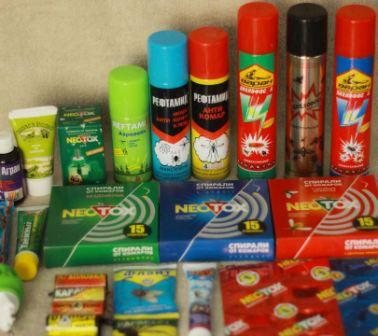

Lacewing
Attractive, pale green insects prey on aphids and ticks. Lacewing was the first to be specially bred to protect greenhouse plants from pests.
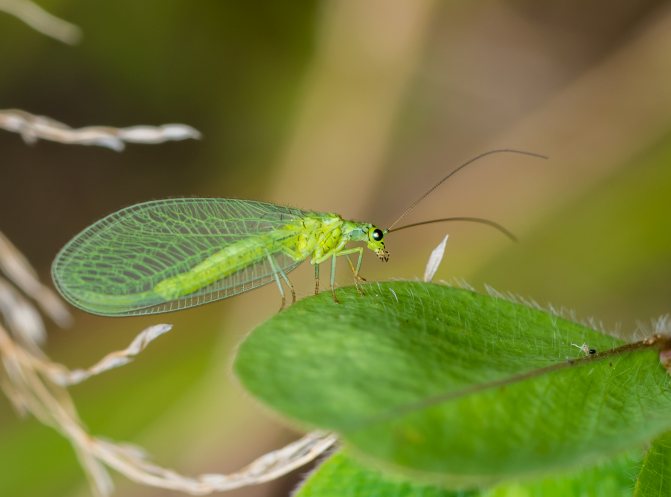

In summer, lacewings often fly into apartments - at night they are attracted by electric light.
If you touch an insect, an unpleasant odor will appear. But for humans, lacewings are harmless.
What harm can insects do and why fight them?
Just ignoring various arthropods is not worth it, and it is unlikely to succeed, since the pests will constantly remind you of their presence. Peaceful coexistence with them is impossible in principle for the following reasons:
- Insect bites are very painful and can cause severe allergic reactions.
- Many of their species are carriers of various infections that are dangerous to human health.
- Insects can spoil food, clothing, furniture.
- The presence of pests in the house is also unfavorable from the point of view of aesthetics - few of us will find an apartment cozy, where cockroaches run around in the kitchen, and flies literally swarm in the living room.
On a note! It is almost impossible to protect the house from the appearance of unwanted “guests” by 100%. Insects can not only fly into rooms through open windows, but also enter housing through sewers, ventilation, and cracks under the door. There are often cases when they enter the house with groceries, brought with things or cling to shoes. In an apartment building, insects may well move to you from neighbors. In this case, the fight against insects must be organized immediately and all the residents of the entrance should be involved in this. This is the only way pest control - an event for the removal of insects - can be effective.
Ant
It is not for nothing that forest ants are called little workers - they protect plants from caterpillars and larvae, slugs, spider mites and other insects. Inhabitants of one anthill keep an area of about 0.2 hectares under control. Also, due to the activity of ants, the content of potassium and phosphorus in the soil increases.
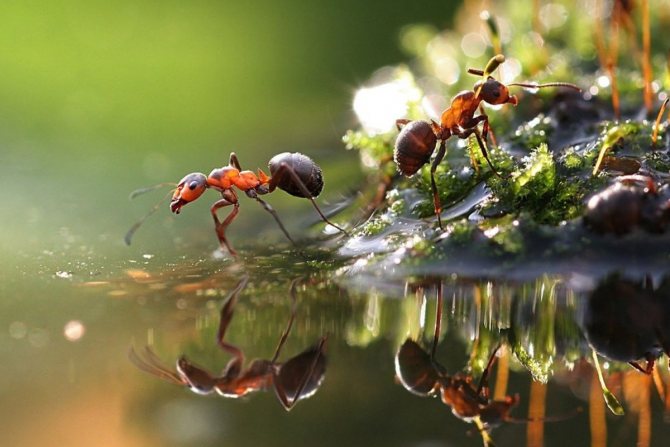

It is worth monitoring the number of ants, because they can also contribute to the reproduction of aphids.
These insects are also used to make medicines. Formic acid is used as a stimulant and astringent. Some are even treated with ant bites. But here you need to be careful, because the individual reaction of the body can be negative.
Bee
The importance of bees can hardly be overestimated, because these hardworking insects pollinate plants and produce honey, which is used for cooking, cosmetic purposes, and for the treatment of diseases. And other beekeeping products - bee bread, propolis, royal jelly, bee venom - are no less useful. They are all natural antibiotics.
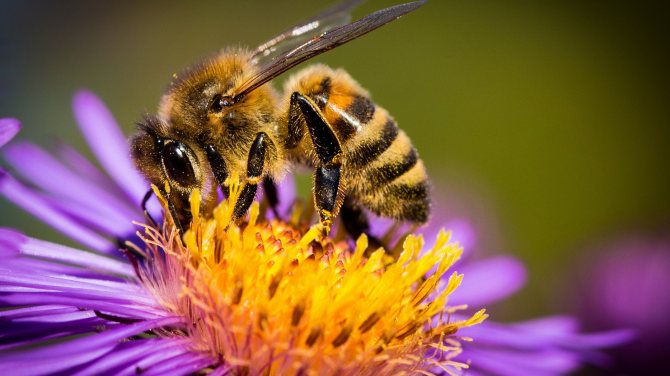

The pollination of plants by bees improves the quality of seeds, increases the size, juiciness and taste of the fruits.
Even bee hives and dead insects are beneficial. Wax is made from honeycomb, and medicinal tinctures are made from bee plague.
Red Book
Given the importance of insects in nature, some of their endangered species are subject to protection.
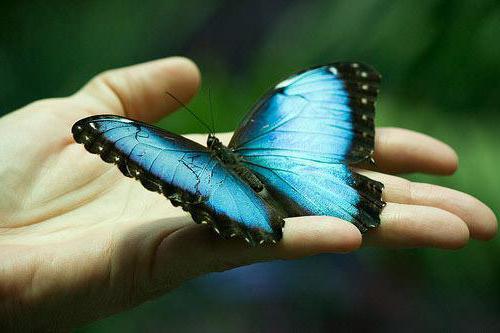

To date, about 95 species that are on the verge of extinction are listed in the Red Book. Most of the rare insects are beetles (36 species). These include the alpine barbel, ground beetles, beauties and others.
There are 33 species of butterflies in the Red Book - Apollo, Bluebirds, Bears and others. 23 species of Hymenoptera are subject to protection. Among them there are seemingly common insects - bees and bumblebees. The remaining two species are dragonflies.
Medvedka
Medvedok is usually considered malicious pests, because they, digging in the ground, gnaw at the roots of plants. Although some see the benefits of the insect, since it is partly a predator and can eat creatures no less dangerous for the flora, such as the beetle larvae.
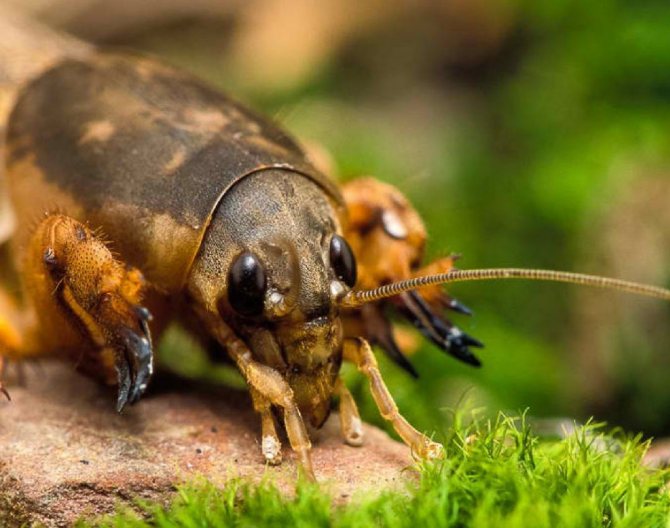

For treatment, the bear is caught in ecologically clean places; insects that have come into contact with chemicals become toxic
The bear got into the top because of its healing properties. In China, for a long time, a remedy has been made from it for the treatment of various diseases, including severe ones - tuberculosis, cirrhosis, diabetes.
Destruction of plants
There are cases when certain types of insects destroyed entire fields.Damage can affect various plant organs. Sometimes not only leaves, fruits and trunks are destroyed, but also the root system.
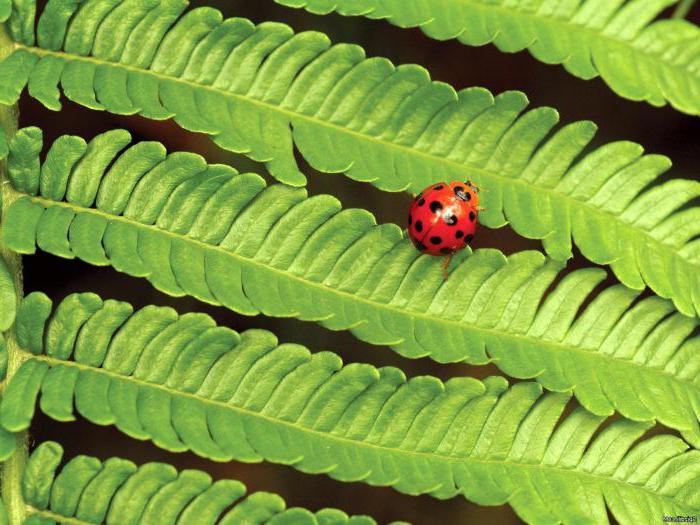

Insects destroy plant tissue, grind tunnels in it, causing crops to dry out and die. As a result, entire crop plantations may be at risk of death. A particular danger is posed by the mass reproduction of individual individuals. There are known cases of locust attacks on fields, as a result of which all the plants encountered on its path were destroyed.
Some types of butterflies and beetles, aphids, locusts and others are among the pests. It is worth noting that there is also human guilt in this. He does not always adhere to the rules of crop rotation, he grows one crop in a row for many years in a row, which contributes to the reproduction of insects. Humanity is actively fighting pests by using chemicals that are sprayed on plants and soil.
Silkworm
We must thank the silkworms for the silk items in our wardrobes. The caterpillars of these butterflies produce silk. More precisely, the silk fiber from which the insect builds its cocoon. One larva is capable of forming 15 cm of silk per minute. And in the cocoon of this thread can be about a kilometer.
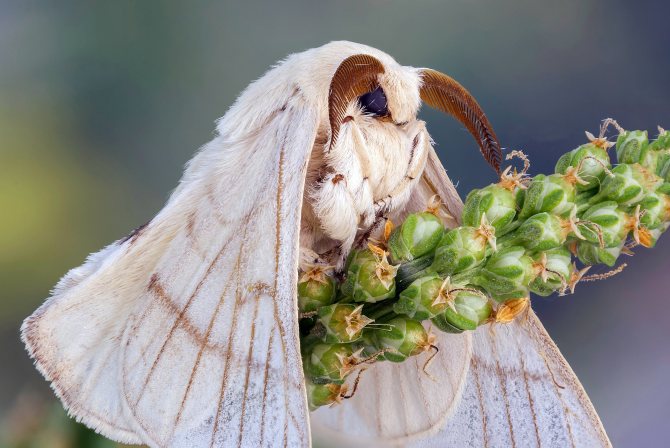

The silkworm in the wild is unknown; it was domesticated several thousand years ago in China.
Other types of silkworms are sometimes bred, but they produce inferior fiber.
Cochineal
Several types of insects from which the red dye carmine is made are collectively called cochineal. Carminic acid is extracted from female cochineal insects, which is the main component of the paint.
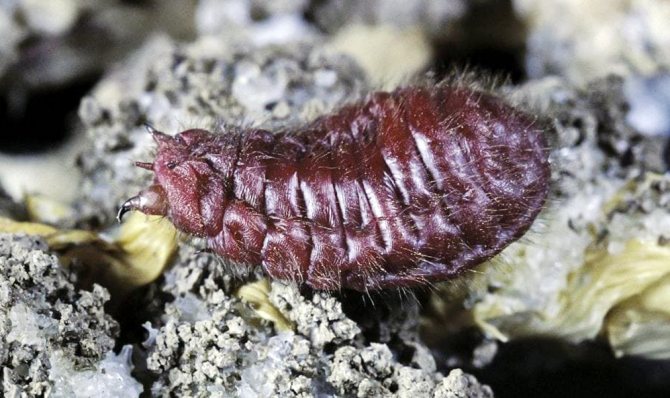

Ararat, oak, Mexican and Polish cochineals are combined under the common name cochineal.
Dyes from these insects were obtained as early as the 6th century BC.

